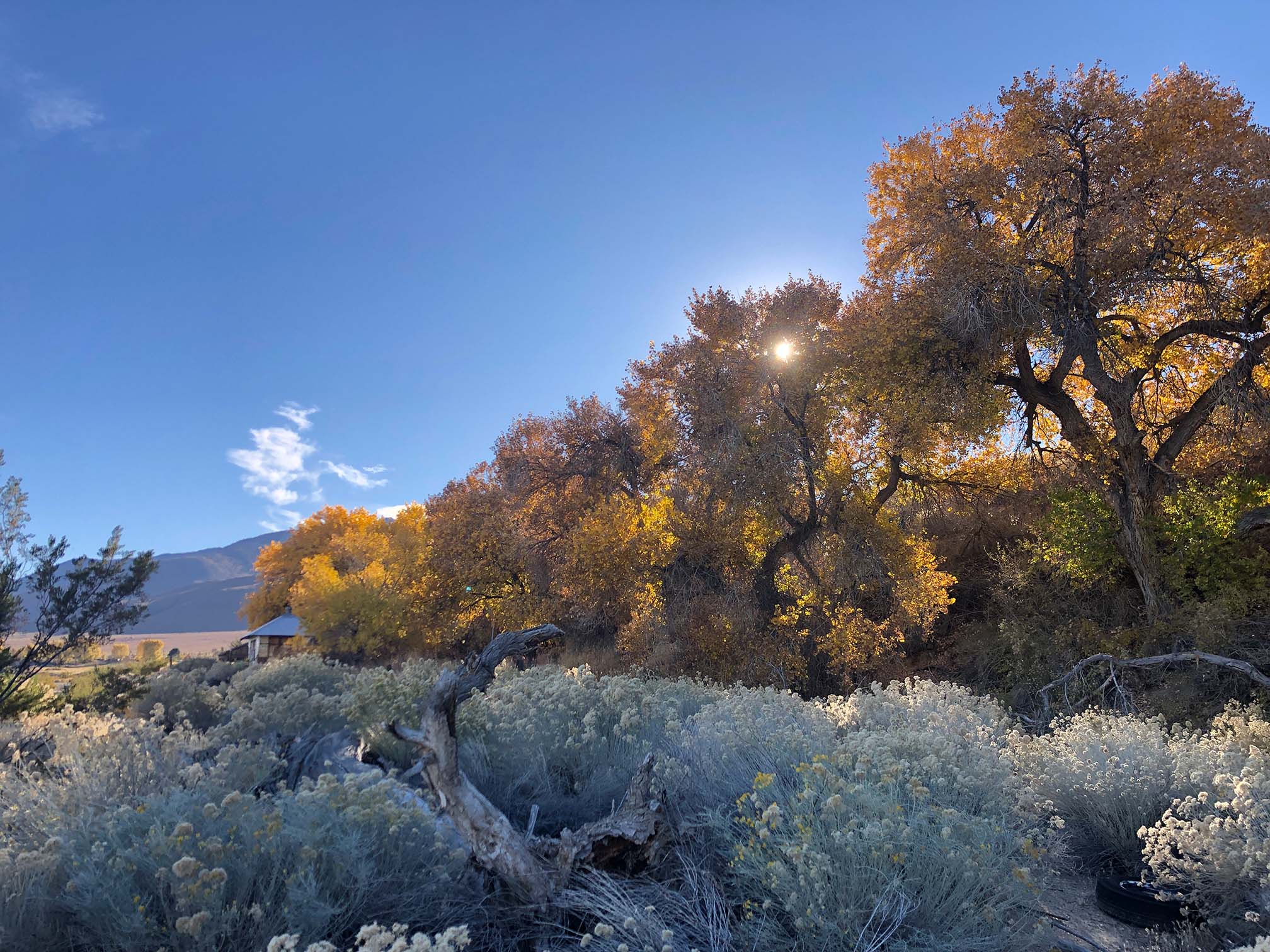The Portuguese Bench site is a precontact village nestled on the eastern edge of the Sierra Nevada Mountain Range in southeastern California. The site contains an extensive midden deposit that was excavated from 1983 to 1986 by a UCLA field school under the direction of David Whitley. Researchers have also found fire hearths, living surfaces, possible storage pits, a petroglyph panel, stone tools, and other artifacts.
Using obsidian hydration and diagnostic projectile points, researchers have concluded the village was occupied on and off from roughly 3,000 to 800 years ago by Coso Shoshone. The site lies near Sugarloaf Mountain, an important obsidian quarry. The large quantities of manufacturing debris indicate the obsidian was brought to the site, where projectile points and knives were fashioned.
When visiting to the site in 2023, Western Regional Field Representative Linsie Lafayette and Dr. Alan Garfinkel Gold, President of the California Rock Art Foundation, examined the impressive rock art panel. Dr. Gold identified a figure at the top of the panel with hands held out and believed that it could be a “master of the animals figure”. He defined the large figure at the upper left as a “mountain lion”, saw a “tortoise” below the mountain lion, noted three “big horns”, and that on the bottom right is a figure with fringe (an indication of a female figure). He also stated that because there is no superimposition, it was done in a single period, and based on the characters, it likely falls into the Newberry Period (2000 B.C.-A.D.1). The reddish image in the slider below shows the petroglyph in DStretch, a method used to highlight designs and patterns that have faded away.










